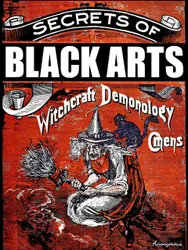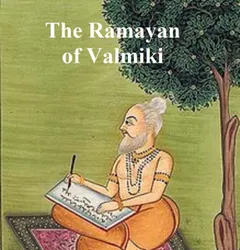The
Charter of 1606, also known as the
First Charter of Virginia, is a document from King James I of England to the Virginia Company assigning land rights to colonists for the stated purpose of propagating the Christian religion. The land is described as coastal Virginia and islands near to the coast, but the surveying numbers correspond to modern day South Carolina to Canada. The land itself would remain the property of the King, with the London Company as the King's tenant, and the settlers as subtenants. The colony's government at first consisted of a council residing in London. The document designated the London Company as responsible for financing the project, which included recruiting settlers and providing for their transport and supplies.
King James I formed the Virginia Company, which itself consisted of a pair of separately managed companies called the London Company and the Plymouth Company. Both of these companies were to operate under the Charter of 1606, but in different regions within the same range, and without building colonies within 100 miles (160 km) of each other. The London company was a group of entrepreneurs from London to live and rule in North America. The Virginia Company started its settlement in Chesapeake, Virginia. King James has granted the Virginia Company the power and authority to operate and run their lives and to enjoy many freedoms.
The charter contains only one statement of purpose, a religious mission: "propagating of Christian religion". King James I also intended to spread Christianity to those already living in what was to become the English colonies. The charter also granted those that are born in the colonies all the rights of British citizens elsewhere and that they will be compensated and protected in case they were robbed or spoiled by anyone.












